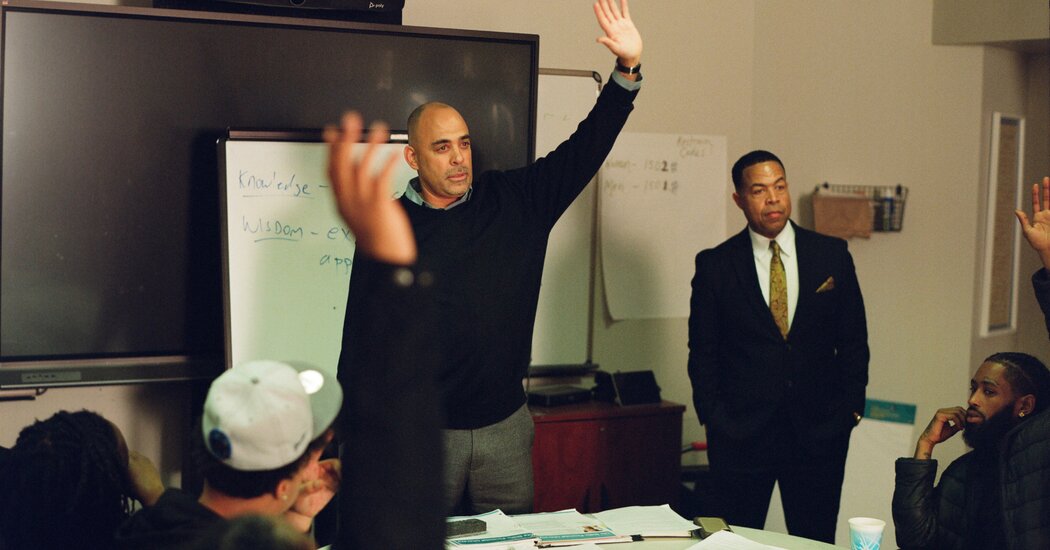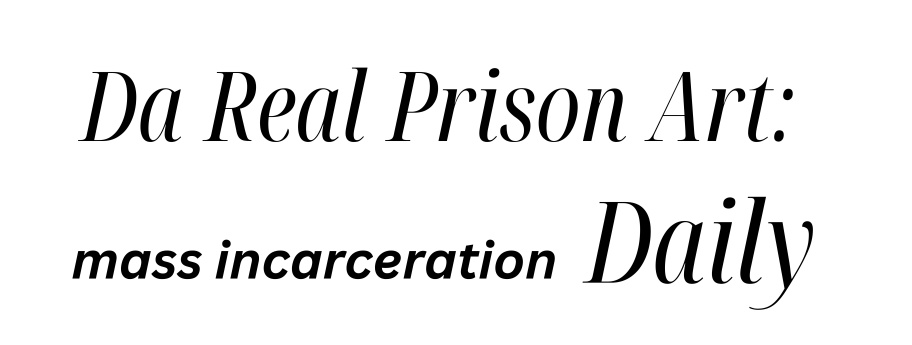
Listen and follow ‘The Daily’
Apple Podcasts | Spotify | Amazon Music | YouTube | iHeartRadio
When David Muhammad was 15, his mother moved from Oakland, Calif., to Philadelphia with her boyfriend, leaving Muhammad in the care of his brothers, ages 20 and 21, both of whom were involved in the drug scene. Over the next two years, Muhammad was arrested three times — for selling drugs, attempted murder and illegal gun possession.
For Muhammad, life turned around. He wound up graduating from Howard University, running a nonprofit in Oakland called the Mentoring Center and serving in the leadership of the District of Columbia’s Department of Youth Rehabilitation Services. Then he returned to Oakland for a two-year stint as chief probation officer for Alameda County, in the same system that once supervised him.
Muhammad’s unlikely elevation came during a remarkable, if largely overlooked, era in the history of America’s juvenile justice system. Between 2000 and 2020, the number of young people incarcerated in the United States declined by an astonishing 77 percent. Can that progress be sustained — or is America about to reverse course and embark on another juvenile incarceration binge?
There are a lot of ways to listen to ‘The Daily.’ Here’s how.
We want to hear from you. Tune in, and tell us what you think. Email us at thedaily@nytimes.com. Follow Michael Barbaro on X: @mikiebarb. And if you’re interested in advertising with The Daily, write to us at thedaily-ads@nytimes.com.
Additional production for The Sunday Read was contributed by Isabella Anderson, Anna Diamond, Frannie Carr Toth, Elena Hecht, Emma Kehlbeck, Tanya Pérez, and Krish Seenivasan.
This post was originally published on this site be sure to check out more of their content.








